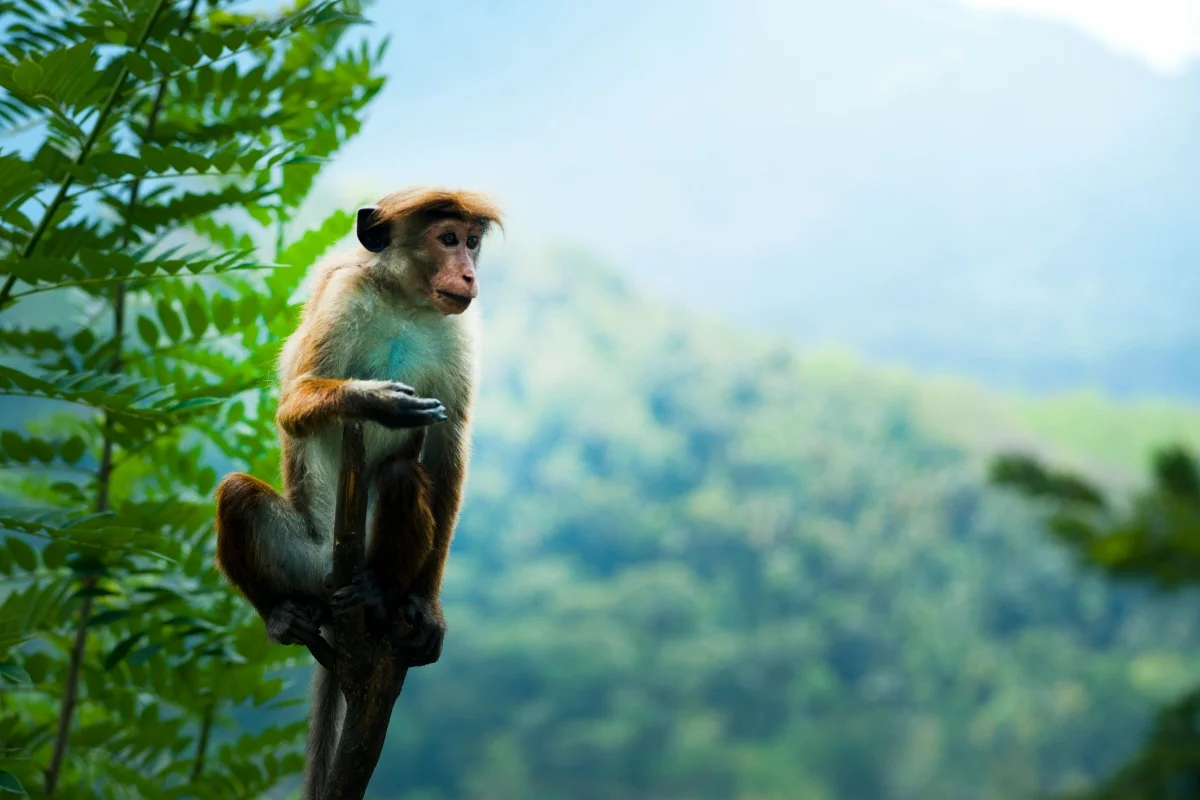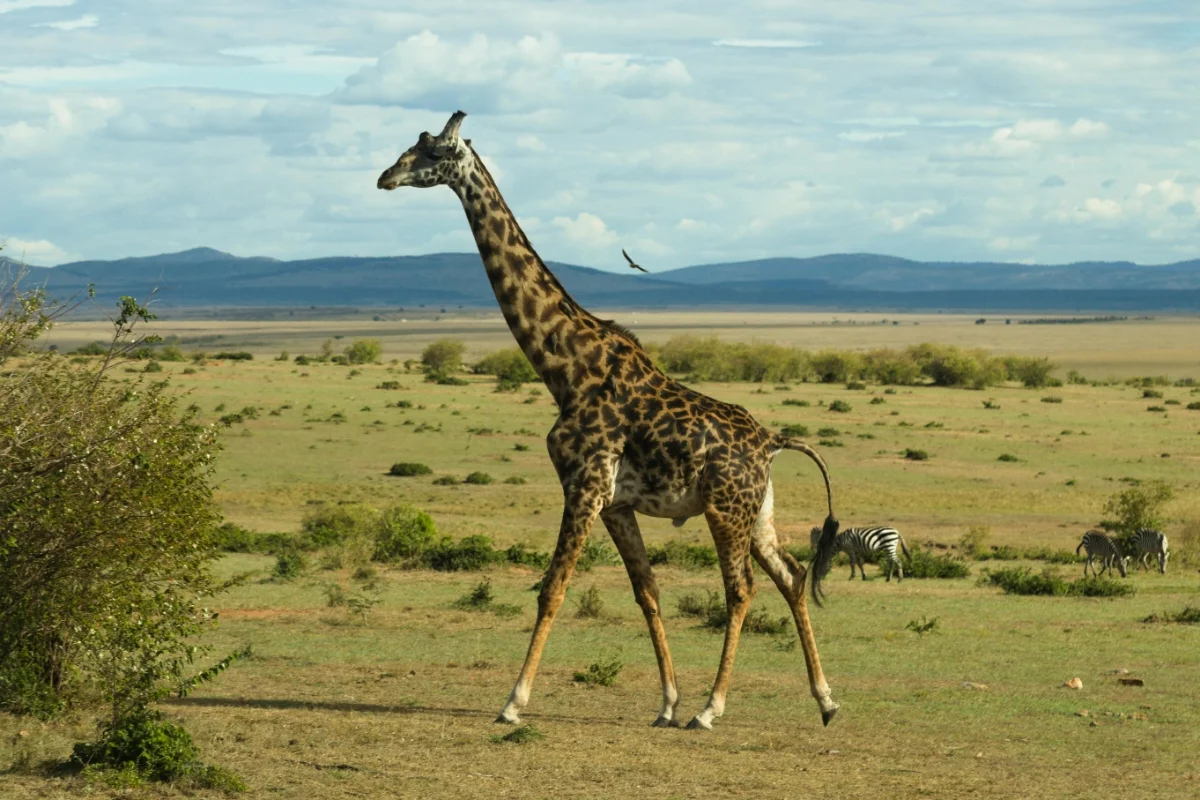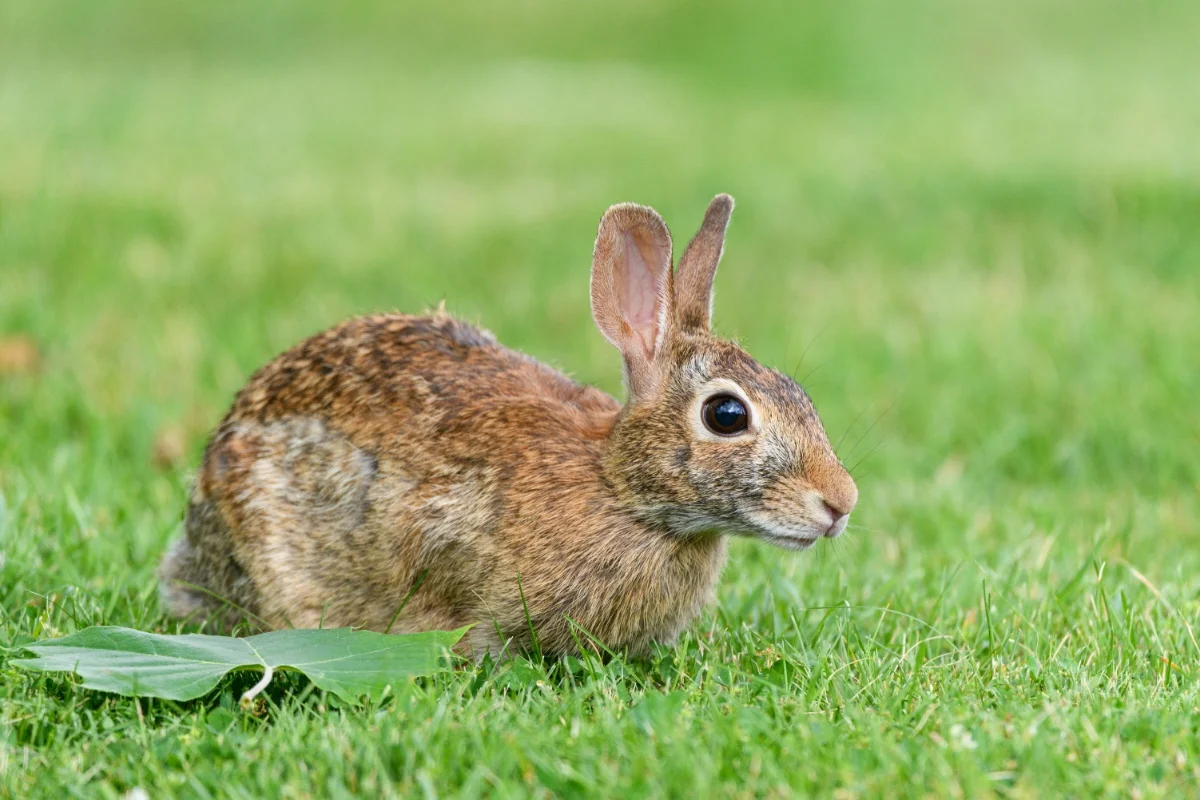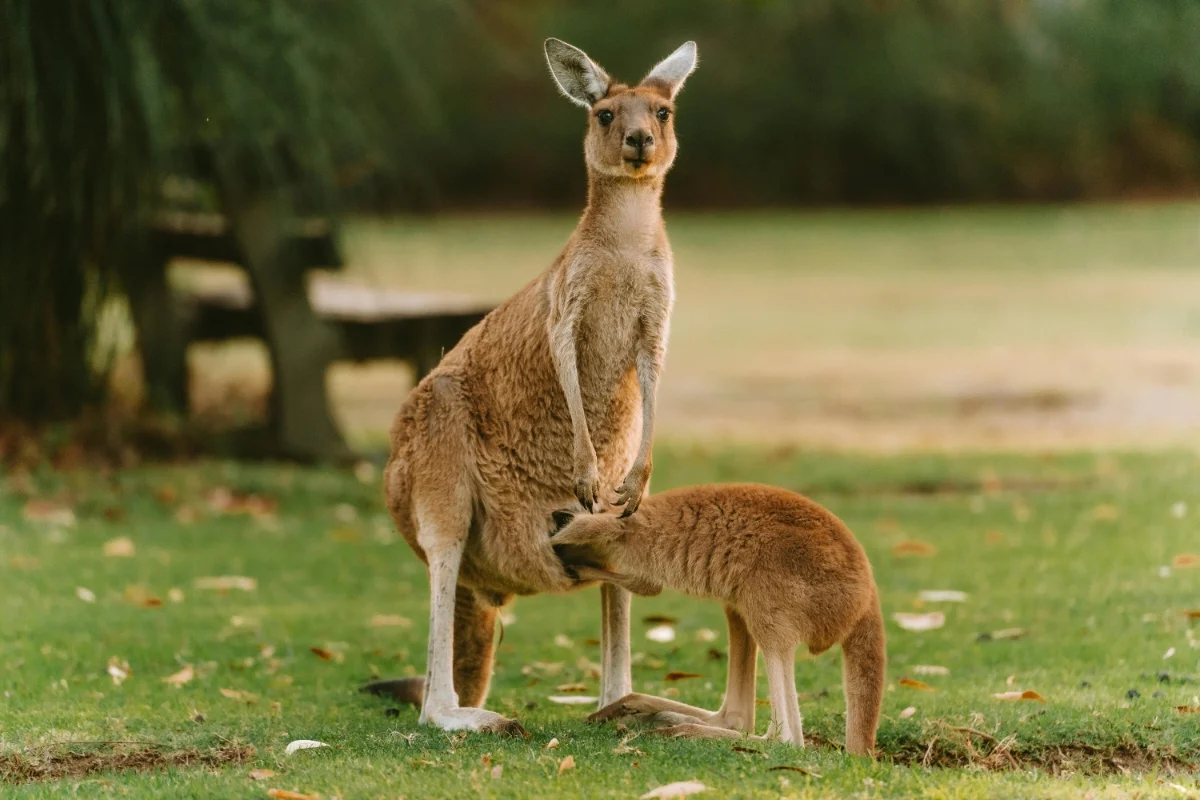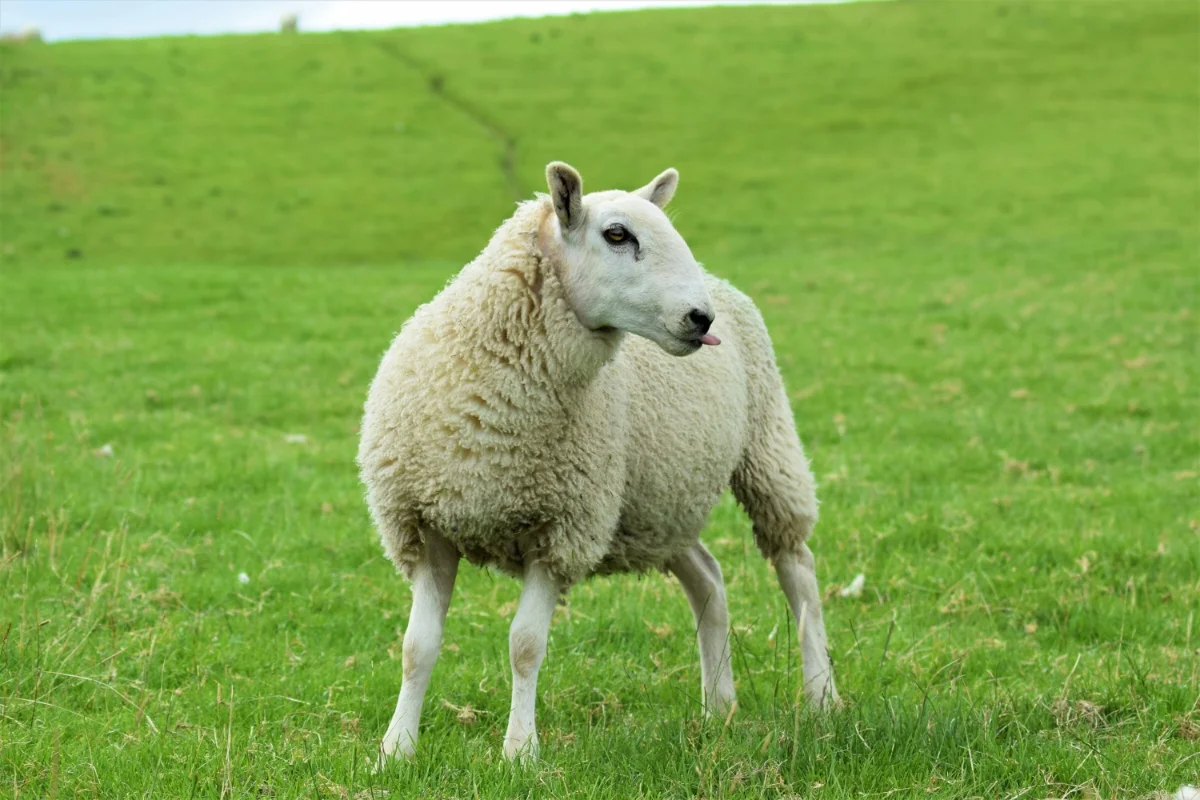Sparrow
Sparrows are small, plump birds found across the globe. Belonging to the family Passeridae, they are known for their adaptability to urban and rural environments. Sparrows are often associated with human settlements, making them one of the most familiar and widely recognized birds in the world.
Sparrow Information
| Height: | 10–15 cm |
| Length: | 14–18 cm |
| Weight: | 24–40 g |
| Top Speed: | 45–50 km/h |
| Food: | Seeds, insects, fruits |
| Color: | Brown, gray, white, black |
| Location: | Worldwide |
| Predators: | Hawks, cats, snakes |
| Lifespan: | 3–5 years |
| Habitat: | Cities, farms, woods |
| Gestation: | 10–14 days |
Description
Sparrows are small birds, typically measuring 12–18 cm in length. They have stout bodies, short tails, and rounded wings. Their plumage varies from brown and gray to streaked patterns, helping them blend into their surroundings. Males often have distinctive markings compared to females.
Characteristics
Sparrows are highly social, adaptable birds with strong beaks suited for seed consumption. They exhibit intelligent foraging behaviors, often scavenging human scraps. Their brown, black, and white plumage offers excellent camouflage, aiding in predator avoidance and survival.
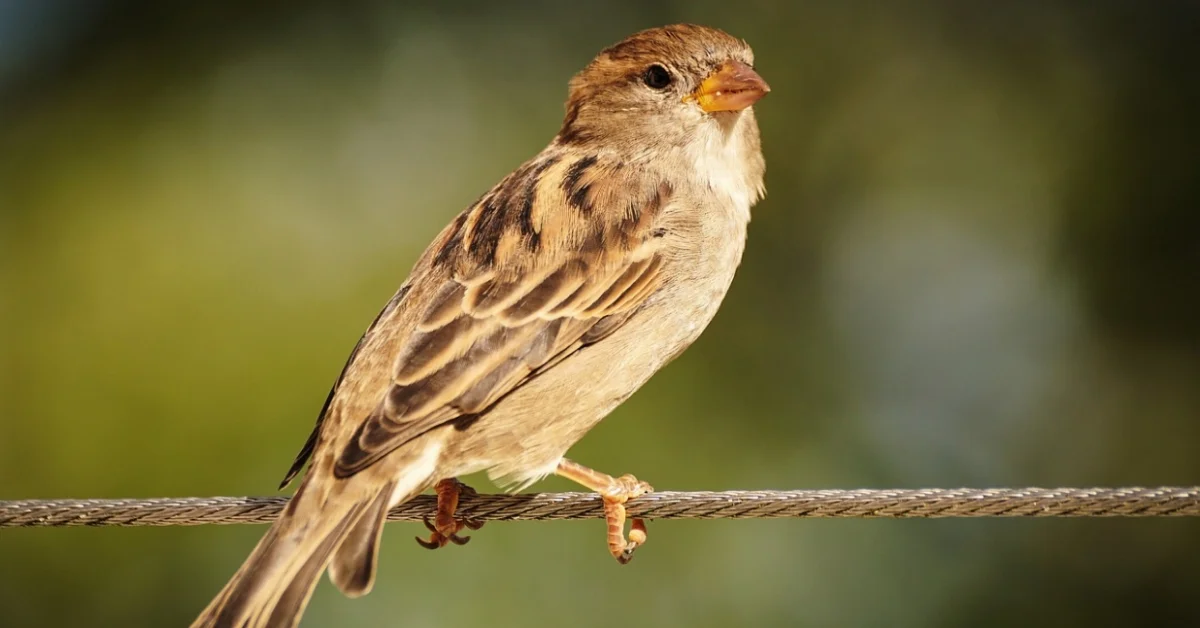
Lifespan
The average lifespan of sparrows is 3–5 years in the wild. However, some individuals may live up to 10 years under ideal conditions. Factors like predation, habitat quality, and food availability significantly affect their survival.
Predators
Sparrows face threats from predators like cats, hawks, and snakes. Nestlings are especially vulnerable to predation by larger birds and mammals. Urban environments also pose risks such as collisions, pollution, and human interference.
Habitat
Sparrows thrive in a variety of habitats, including urban areas, farmland, woodlands, and grasslands. They prefer environments with abundant food sources, such as seeds and insects, and often nest near human settlements.
Distribution
Sparrows are found worldwide, except in Antarctica. Originally native to Europe, Asia, and Africa, many species, like the House Sparrow, have been introduced to the Americas, Australia, and New Zealand, establishing themselves in diverse ecosystems.
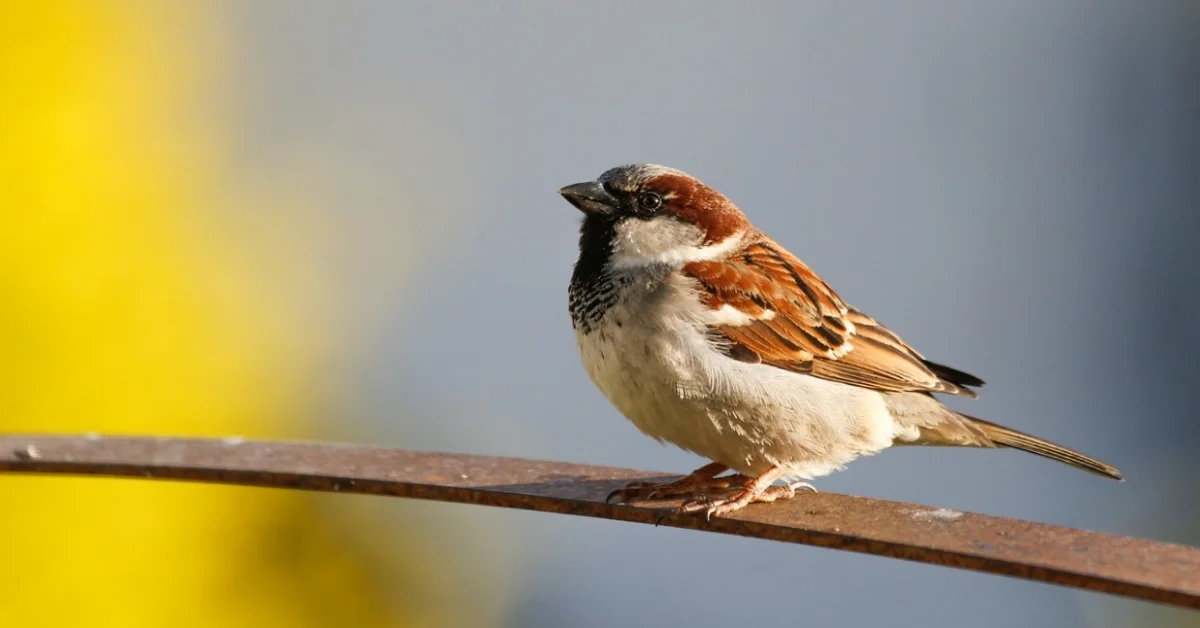
Diet
Sparrows mainly eat seeds, grains and small insects. They are opportunistic eaters and adapt well to human environments, scavenging for crumbs, leftovers, and other food scraps, making them highly resilient in urban areas.
Behavior
Sparrows are social and often found in flocks. They exhibit lively and curious behaviors, including dust bathing, hopping, and chirping. They are territorial during breeding but form communal roosts outside the nesting season.
Reproduction
Sparrows typically breed in spring and summer, laying 3–5 eggs per clutch. Nests are built in cavities, trees, or man-made structures. Both parents care for the eggs and chicks, ensuring their survival until fledging at about two weeks old.
Sparrow Scientific Classification
| Kingdom: | Animalia |
| Phylum: | Chordata |
| Class: | Aves |
| Order: | Passeriformes |
| Family: | Passeridae |
| Genus: | Passer |
| Scientific Name: | Passer domesticus |
Animals for You
References
1. Sparrow Wikipedia Article – https://en.wikipedia.org/wiki/Sparrow


